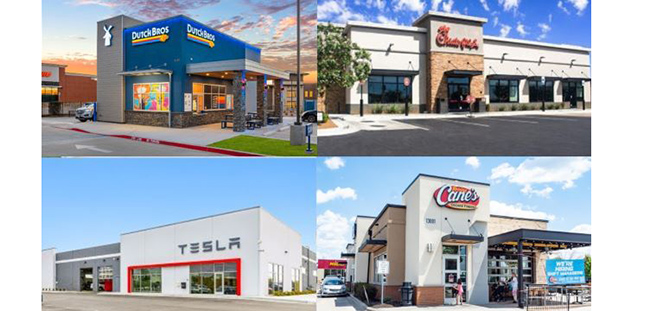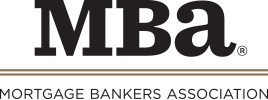
Single-Tenant Net Lease Market Displays Equilibrium

(Illustration courtesy of The Boulder Group)
The Boulder Group, Wilmette, Ill. found stability in the net lease market, with “minimal” cap rate movement during the third quarter.
The firm’s Third Quarter Net Lease Research Report said retail cap rates were unchanged at 6.57%, while office cap rates increased just five basis points to 7.90% and industrial cap rates compressed just three basis points to 7.20%.
“This minimal movement in cap rates reinforces the market stabilization observed in the second quarter,” Boulder Group President Randy Blankstein said. “Following two years of cap rate expansion, participants in the net lease sector appear to be adapting to the current capital markets.”
The supply of net lease properties also demonstrated stability. “The supply of properties was relatively stagnant as well with a 0.5% decrease in overall market supply,” the report said. “Retail and office inventory declined 1.4% and 1.1% respectively. Conversely, industrial properties on the market increased by 6%, suggesting increased seller activity in this sector.”
Jimmy Goodman, Partner with The Boulder Group, noted consistency in cap rates and market supply suggests greater alignment between pricing expectations between buyers and sellers.
Boulder reported the bid-ask spread remained narrow across the net lease sector. The spread between asking and closed cap rates tightened a single basis point to 29 basis points for retail properties. Industrial spreads widened slightly but remained at levels similar to the retail sector at 30 basis points (+3 basis points).
“The net lease market continues to demonstrate resilience and stability in not only pricing but investor demand” Boulder Group Senior Vice President John Feeney added.
The report said the sector’s transaction velocity lags historical peaks, “however, market stability and buyer/seller alignment provide optimism for increased transaction volume in the next twelve months. Institutional demand for net lease properties remains high, however current cost of capital remains the variable for salability.”
